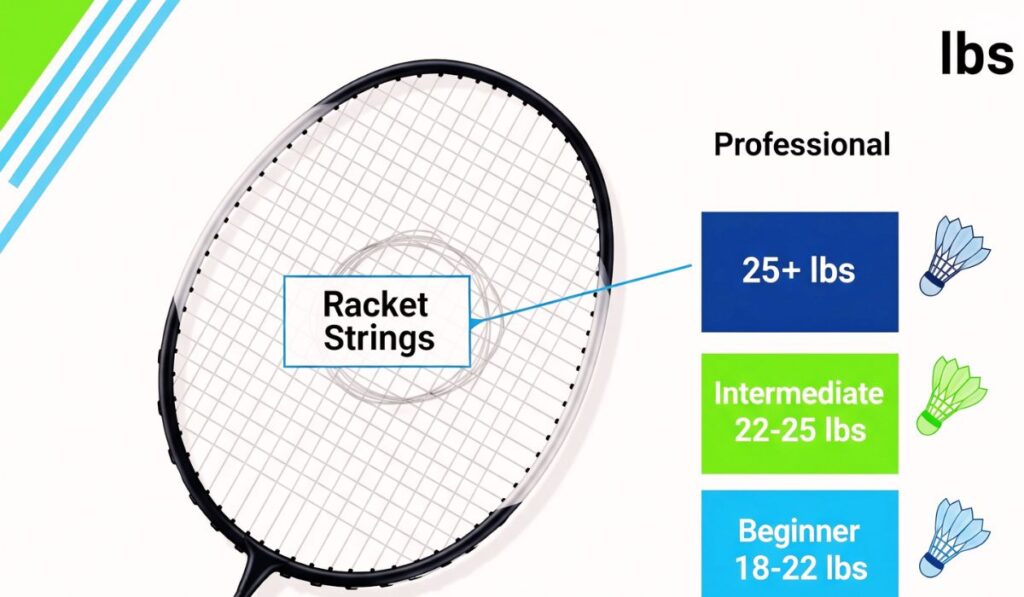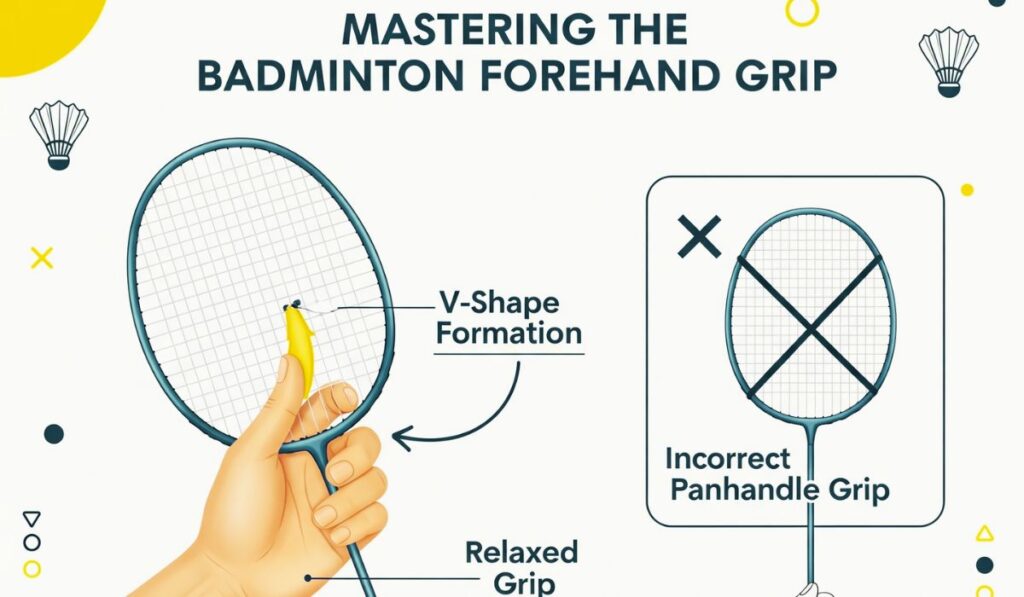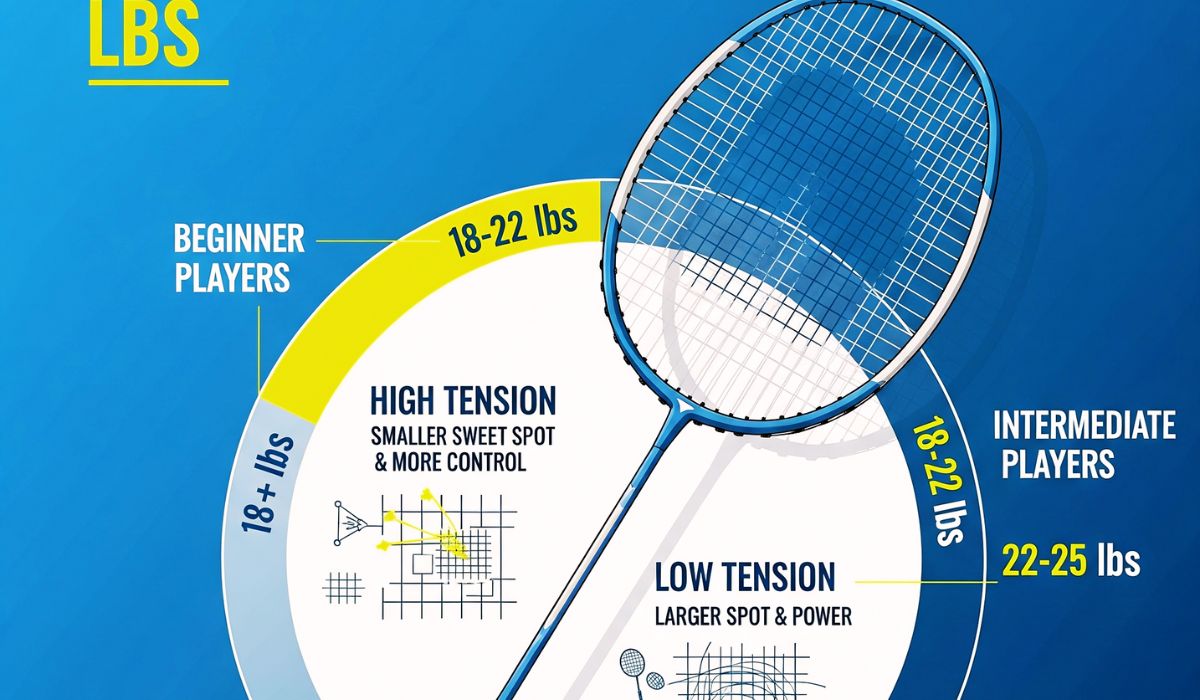The Seductive Precision and Frustrating Limits of lbs in Badminton Racket – Discover Your Power
When Tension Became Passion
They say the heart beats within the strings. When you clutch your racket, the lbs in badminton racket isn’t just a number—it’s a whisper of power, a tingle of control. Higher tension can feel like a caress, precise and thrilling. But miss the sweet spot, and it can sting like regret. Yet, that very intensity is the allure, the seductive edge of the game.
String Tension: The Measure of Beauty and Burden
String tension, whether expressed in pounds or kilograms, translates into the racket’s soul. Recreational players often run between 18 to 25 lbs, forging a tension that is forgiving, elastic, and nurturing to the shoulder. Elite players push boundaries with 27 to 30 lbs or more, forging defense sharp as steel—if every swing tastes of precision.
Beginner vs Advanced: Tension as a Mirror of Skill
Beginners often choose lower tension—like a soft piano bow string that welcomes every misplaced note. This is forgiving, expands the sweet spot, and prolongs strings from snapping. Yet advanced players seek the crisp “ping” from tighter strings—where whisperingly gentle flicks rule the court, and every shot feels sculpted .
The Emotional Sweet Spot
There’s a sensual moment when the shuttle kisses your racket strings just right. Under high tension, that moment ignites magic—a precise, controlled ping. But the court is cruel; miss that vignette by millimeters, and the strings can betray you. That delicious tension dances between ecstasy and exasperation.
The Debate: Power or Control
Word is that lower tension fuels power, higher tension encourages control. But it’s not that simple. Some technical players discover their power blossoms from precision—slender control begetting explosive smashes. Experimentation whispers louder than theory, urging players to find their own sensory rhythm.
Recommended Tension: A Guideline, Not Law
Equipment makers engrave tension ranges on rackets for warranty safety—like invitations carved in steel. Still, professionals often exceed these limits, compelled by precision, willing to risk the frame cracking under their ambition.

Pounds vs Kilograms: The Detail That Matters
Converting between pounds and kilograms invites a hum: 1 lb ≈ 0.45 kg, 1 kg ≈ 2.2 lbs. So if you’re experimenting, go up just one pound or 0.5 kg at a time, feeling each shift in energy, each subtle heartbeat of string resistance.
Fine-Tuning by Level
According to guides, beginners thrive in 17–20 lbs, intermediates in 20–24, advanced players in 24–27, and professionals push to 27‑30 lbs+. This tiered approach is like growing into a skin—each tension stage shapes the athlete beneath.
Dual Tension: A Delicate Strategy
Some players ask for different tensions in mains and crosses—cross strings often be strung approximately 10% higher for structural harmony and feel. It’s a small tweak with sensory impact—the racket breathes differently.
10. Machines of Precision
Stringers now wield electronic machines—constant-pull or lock-out systems—that cradle the strings into precise tension, each holding tension like a vow. This modern craft ensures every stringed racket hums with clean, humanly palpable accuracy.
The Toll of High Tension
Tight tension stresses not just your string bed, but your arm. It transmits shock, sharpens your wrist’s pain, and can lure injury if your form falters. That risk, wrapped in grip, is the bitter side of that seductive control.
Finding Feel Through Experiment
Trial matters. Start modest, feel the racket respond, inch upward. One pound at a time reveals secrets: posture changes, sound alters, your body whispers where your comfort lies. The right tension is as personal as a player’s heartbeat.
Sound vs Feel: The Dual Sensory Guide
Striking a tight string sounds crisp, like a punch. A looser string murmurs a subtle thud. You feel these in fingers, wrists, even your breathing. The racket becomes an instrument, and the tension is your tuning.
Recommendations Adjust with Racket, String, Shuttle
Every change—racket brand, string material, shuttle type—ripples through tension needs. Heavier synthetic shuttles often urge lower tension. Changing strings may demand tension shifts—like switching to polyester might need a 5–10% tension bump.
How Often Should You Restring?
As a simple rule, restring as often as you play per week—play three times weekly, restring three times annually. But heavy hitters may service monthly, especially at higher tensions that fade fastest.
Machines vs Hands
Electronic machines give precision, while manual stringing still thrums with character—your strokes and wrist rhythm shaping each string. Both imbue the racket with a signature feel.
Emotional Resonance Inside Every Racket
There’s romance even in tension. Tight strings sing, whispering of blistering drives and final-point nerve. Loose strings cradle every hit, forgiving every flaw. Choosing “lbs in badminton racket” isn’t technical—it’s intimate.
Control, Not Just Power
Sometimes, highest tension doesn’t produce power—it stifles it. True power arises from harmony between tension and swing. Control breeds confidence, and confidence fuels speed. That synergy starts with feel, carried by tension.
The Ongoing Quest for Perfect Tension
Finding the right tension is not an end—it’s a journey. As your stroke evolves, you revisit tension. What felt sharp last year may feel dull now. The racket continues to ask: how do you want to play today?
Feeling the Difference in Every Rally
When you step onto court and launch a shuttle, the tension in your strings delivers a message. A racket strung at 28 lbs can feel like a whisper on faster rallies—crisp, decisive, unyielding. At 22 lbs in badminton racket, that same stroke echoes warmth, forgiveness, and flow. The difference is not just physical—it’s emotional: a promise of control or a caress of continuity.
How Arm Fatigue Tells the Story
Under tightly strung frames, arms begin telling their own story after just a few sets. A buzzing forearm speaks of relentless impact, even when your form is perfect. Conversely, softer tension tells of endurance and long duels, where points are won by patience as much as aggression. In that tension lies your physical truth.
The Mind-Body Rhythm
Behind every smash, there’s a rhythm anchored in tension. Too tight, and the mind jumps ahead—overthinking. Too loose, and your instincts lag. The sweet tension zone synchronises thought and body—you feel the shuttle, anticipate its drop, and your racket responds before your brain catches up.
The Sound That Becomes Practice’s Anthem
That ping—the signature of tension—is practice’s soundtrack. At 26 lbs in badminton racket, it’s sharp and authoritative. At 20 lbs, it’s mellow, comforting. That sound wraps around your drills like melody. Without noticing it, you learn to train to rhythm, not just repetition.
The Weight of Expectation
There’s tension between the ears too. If you’ve been coaching yourself toward 30 lbs in badminton racket because that’s “what pros use,” you carry expectation in your swing. That imprint can twist feel into anxiety. Tension should liberate stroke, not suffocate it.
Adapting to Altitude and Climate
Players who travel understand that in humid conditions, strings slacken. A racket strung at 25 lbs in badminton racket in dry air may feel spongy in humid courts. Adjusting tension isn’t just preference—it’s survival, adapting each lbs in badminton racket to environment and mood.
Injury Redemption Through Adjustment
Occasionally, what heals a nagging elbow injury is not rest—but lowering tension. The shuttle sits longer on the strings, the cushion softens, and pain fades. The right tension protects as much as it empowers.
The Journey of Personal Evolution
Over months, you meet new versions of yourself: faster, stronger, wiser. You may begin with 22 lbs for forgiveness. After skill and strength build, 24 lbs in badminton racket becomes your ally. Eventually, 26 lbs may harness your refined aggression. It’s tension evolving with growth.
When Pros Discard Equipment
Pro players often switch rackets mid-season if strings lose pop. A racket once strung at 30 lbs begins to feel dull after weeks. Replacing it revives confidence, sharpened by the refreshed tension—and with it, the clarity of purpose.
The Ritual of Weighing Feel
Before each training session, many hold their favorite racket and whisper its tension—like a whispered mantra. The tactile memory, the familiar string bounce, steadies nerves. That ritual builds trust between player and equipment, grounded in tension.
When Tension Becomes Identity
Some players become renowned for their tension preference—one known for brutal 30 lbs in badminton racket smashes, another revered for silky 21 lbs in badminton racket finesse. The tension becomes their signature, their identity inscribed not on their jersey but in the strings.
Teaching Through Tension
As a coach, you hear tension in every stroke. A puckered sound suggests too tight; a muffled one, too slack. You guide pupils not just with feedback, but through tuning their tension—helping them discover rhythm, not just raw power.
Feel Over Numbers
Beyond technical specs, one learns to feel tension. Some players ignore the number, sensing that 24 lbs in badminton racket is too rigid today, even though it felt right yesterday. This intuitive tuning is the real mastery—letting tension serve heart and hand, not just charts.
Tension as Canvas for Creativity
Lower tensions invite artistry. Delay a string just microseconds, execute a deceptive drop, and watch the opponent hesitate. Tension becomes a medium, not just measurement—a way to paint nuance into rallies.
The Never-Ending Pursuit
The quest to discover your ideal “lbs in badminton racket” doesn’t end. Even after championships, players tinker. They talk tension with fixation—“Let me try 25.5 lbs in badminton racket,” they say. In pursuit of that elusive precision, the journey itself becomes the victory.
The Emotional Pull of a Familiar Tension
There’s something intimate about picking up a racket that has been strung just the way you like it. When your hand wraps around the grip, and the strings are tightened to your preferred lbs in badminton racket, it’s not just a piece of equipment—it’s a part of you. That familiar tension gives a sense of security, like walking into your childhood home. You know how it will react under pressure, how it will respond to your moods on the court. In that comfort lies power—emotional power that turns hesitation into confidence and doubt into daring.
Breaking the Myth: Higher Is Not Always Better
Many young players fall into the trap of believing that higher string tension automatically makes you a stronger player. The idea that 30 lbs in badminton racket is the gold standard is seductive, but misleading. In truth, higher tension is less forgiving, requires impeccable timing, and can be punishing on the wrist and elbow. Chasing elite numbers before you’re ready is like trying to sprint before learning to walk. The beauty of badminton lies not in raw force, but in knowing your own game. Sometimes, staying at 22 or 24 lbs in badminton racket isn’t weakness—it’s wisdom.
Lighter Feel, Deeper Control
There’s a seductive elegance to playing with lower string tension. The shuttle rests just a heartbeat longer on the strings, giving you time to shape your shot, finesse your angles, and place the bird with poetry. With lbs in badminton racket calibrated to 20 or 22, control becomes a sensual experience. You’re no longer fighting the racket—you’re dancing with it. Every drop shot becomes a whisper, every lift a gentle glide. It’s a subtle mastery that goes unnoticed by many, but speaks volumes to those who feel the game through their fingertips.

Tension and Technique: A Delicate Bond
The tension in your racket can either amplify your technique or betray it. Players with flawless form can extract the best from high tensions—sharp rebounds, explosive smashes. But for those still refining their strokes, lower tension offers a forgiving canvas. The lbs in badminton racket you choose becomes an ally in your journey of improvement. It can smooth out flaws, hide inconsistencies, and help you focus on form rather than force. Technique and tension are not separate entities—they are partners, growing together as your skill evolves.
Weather’s Subtle Sabotage
One overlooked factor that can ruin even the best-strung racket is weather. On humid days, your 28 lbs in badminton racket may feel like it’s dropped to 25. In colder temperatures, your 24 lbs might feel like 27. The climate’s invisible hand tweaks your performance without your consent. That’s why seasoned players always test their racket’s feel before every game, adjusting accordingly. It’s not just about consistency—it’s about staying one step ahead of nature. Tension isn’t static; it’s alive, breathing, reacting to every element in your environment.
The Language of String Snap
There’s a unique heartbreak when your strings snap mid-game. It’s not just the end of a rally—it’s the shattering of trust. Often, it’s a sign that the tension has gone too high for too long. The sharp pop echoes like a warning: balance has been broken. Understanding the right lbs in badminton racket isn’t only about performance—it’s about longevity, for your racket and your game. You don’t just string for today’s match—you string for tomorrow’s survival. And sometimes, going softer saves more than you think.
The Coach’s Whispered Secret
Behind closed doors, many coaches will admit it: most players over-string. In pursuit of power, they forget that badminton is a game of control. A whisper of advice from an experienced mentor can shift a player’s entire mindset: “Drop to 23 lbs in badminton racket. Feel the shuttle.” And with that, the game transforms. Rallies become tighter. Deception becomes deadly. The player stops muscling shots and starts crafting them. The secret lies not in tension that screams, but in one that speaks softly—and accurately.
The Psychological Edge
Imagine entering a match knowing your tension is perfectly tuned—your smashes land clean, your drops fall silent, and your clears sail effortlessly. That internal assurance gives you a psychological edge. Your opponent might have more stamina or better speed, but you have harmony between your intent and your instrument. The lbs in badminton racket you’ve chosen becomes an extension of your will. And in close games, where nerves decide outcomes, that calm belief can tip the scale in your favor.
The Freedom of Personal Choice
The most liberating moment for any player is realizing that there is no universal standard. The best lbs in badminton racket is the one that suits you. Not your idol. Not your coach. You. It could be 21 or 29, and it doesn’t matter as long as it lets your game breathe. Once you abandon the need to imitate others, you play with more joy, more fluidity, more soul. Because the right tension doesn’t bind—it releases.
A Journey, Not a Destination
Choosing string tension is not a one-time decision. It evolves as you grow. What felt perfect last year might feel wrong today. Your strength changes. Your goals shift. Your playstyle matures. And so should your lbs in badminton racket. Embrace the journey. Try new setups. Experiment. Fail. Adjust. This isn’t a science class with one right answer—it’s art. And the court is your canvas.

